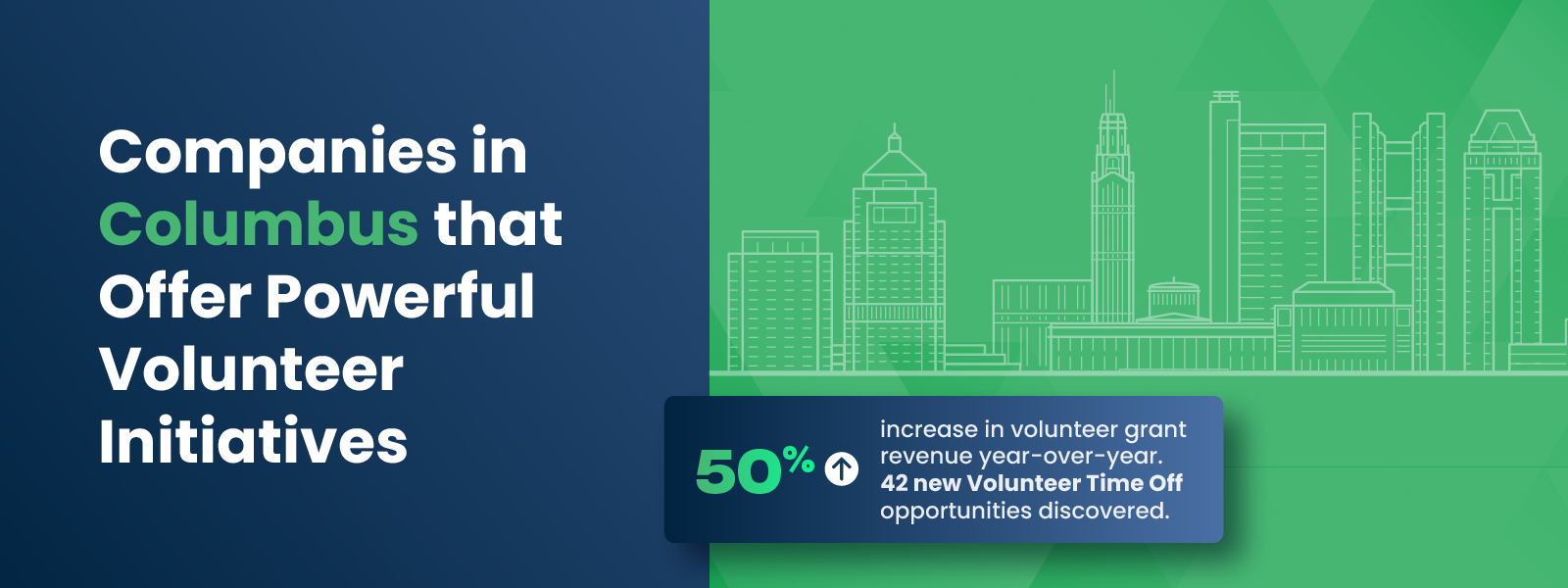
Companies in Columbus that Offer Powerful Volunteer Initiatives
Columbus, Ohio, stands as a vibrant and growing metropolitan…
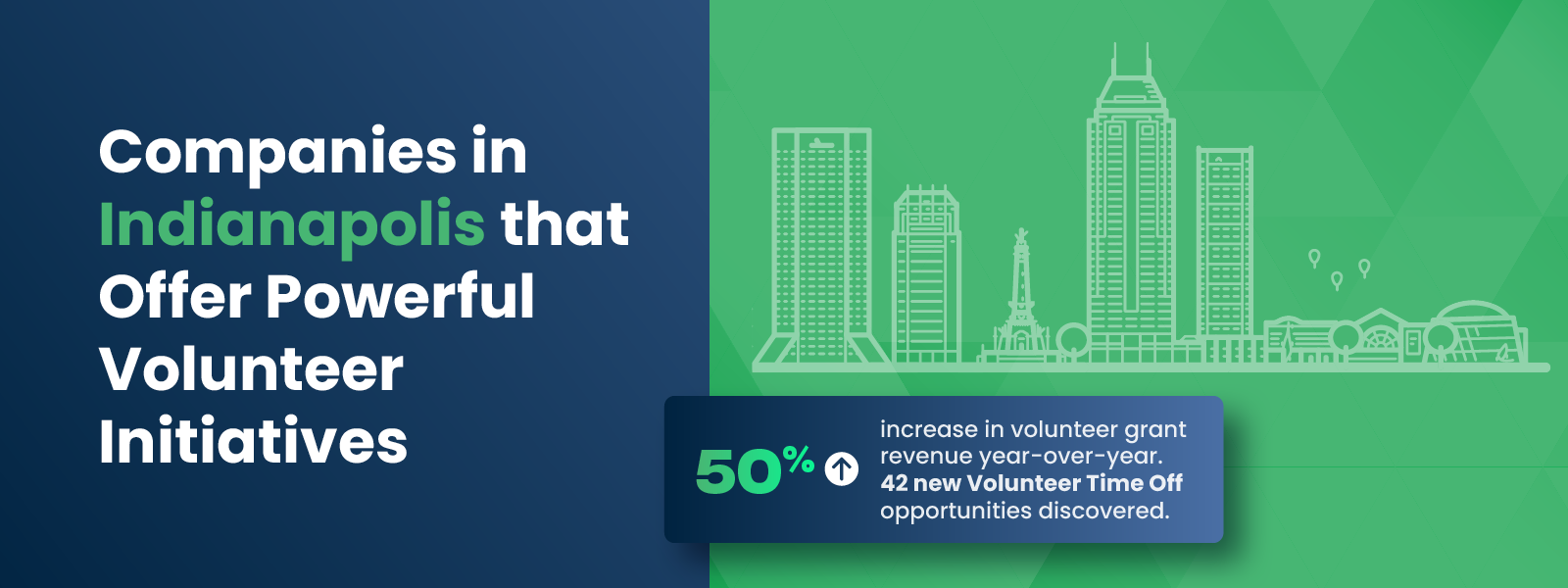
Companies in Indianapolis that Offer Powerful Volunteer Initiatives
Indianapolis stands as a vibrant city known not only for its…
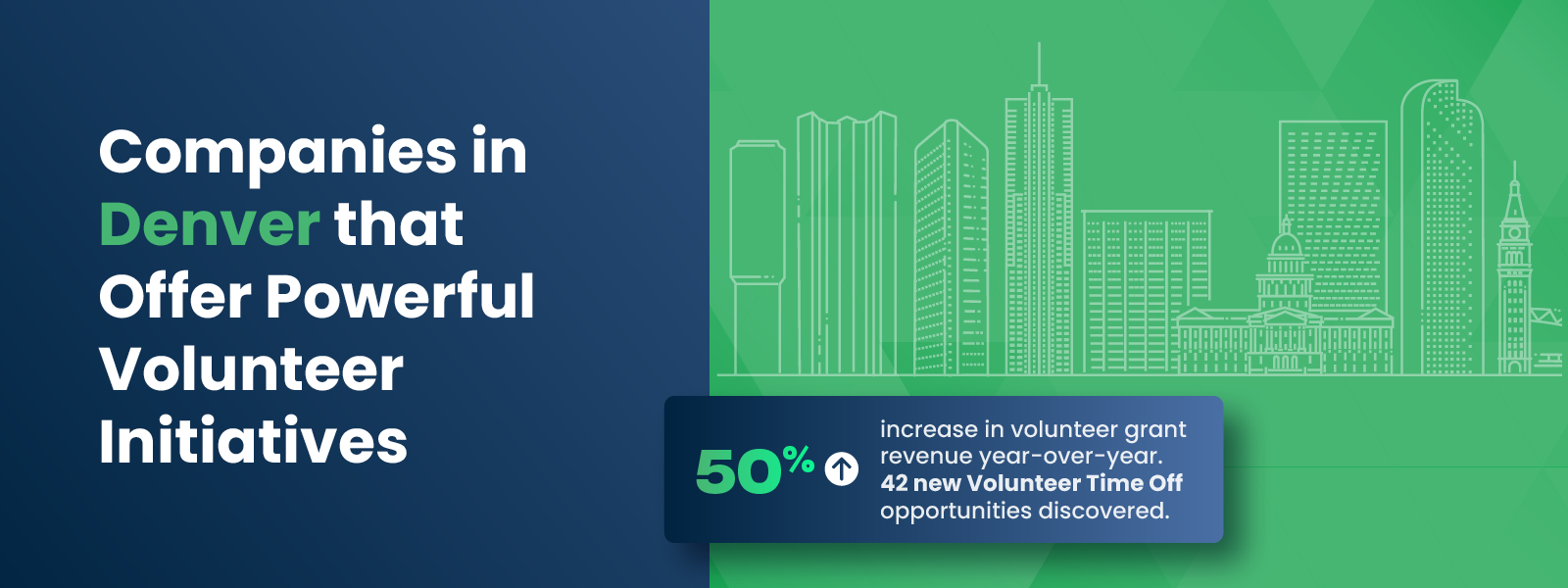
Companies in Denver that Offer Powerful Volunteer Initiatives
Denver, Colorado, is not only known for its stunning mountain…
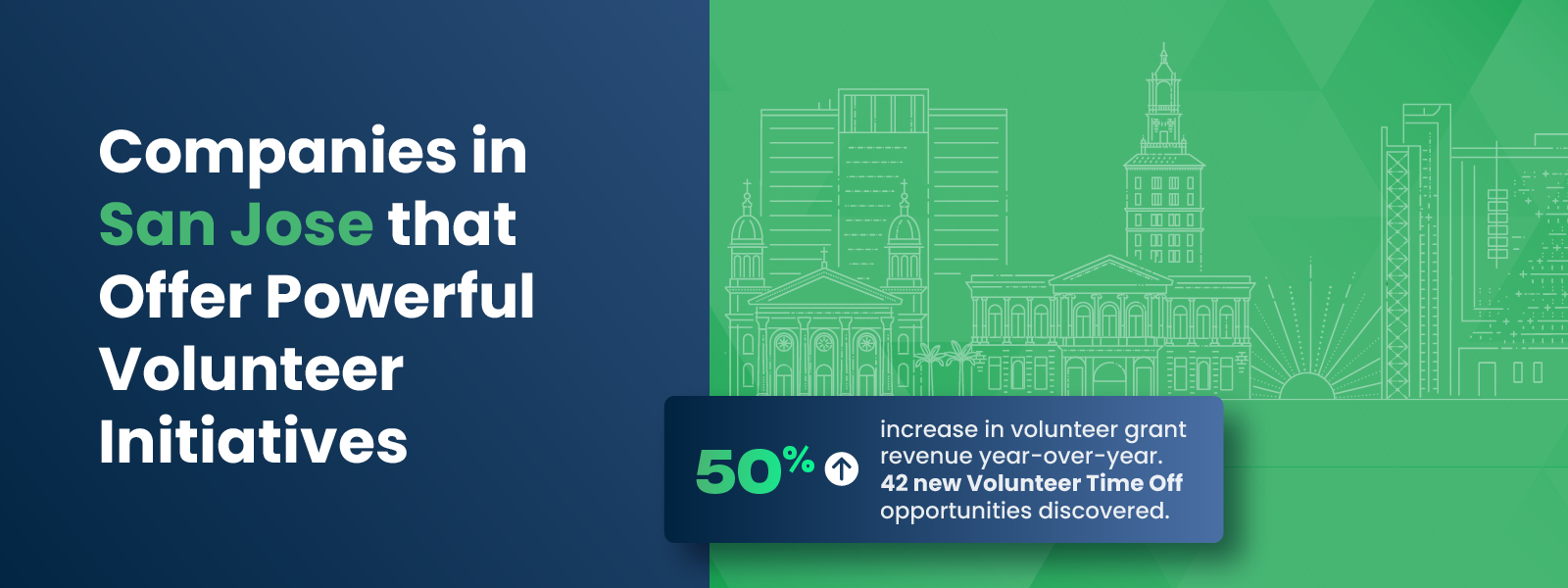
Companies in San Jose that Offer Powerful Volunteer Initiatives
San Jose stands as a vibrant epicenter of innovation and economic…
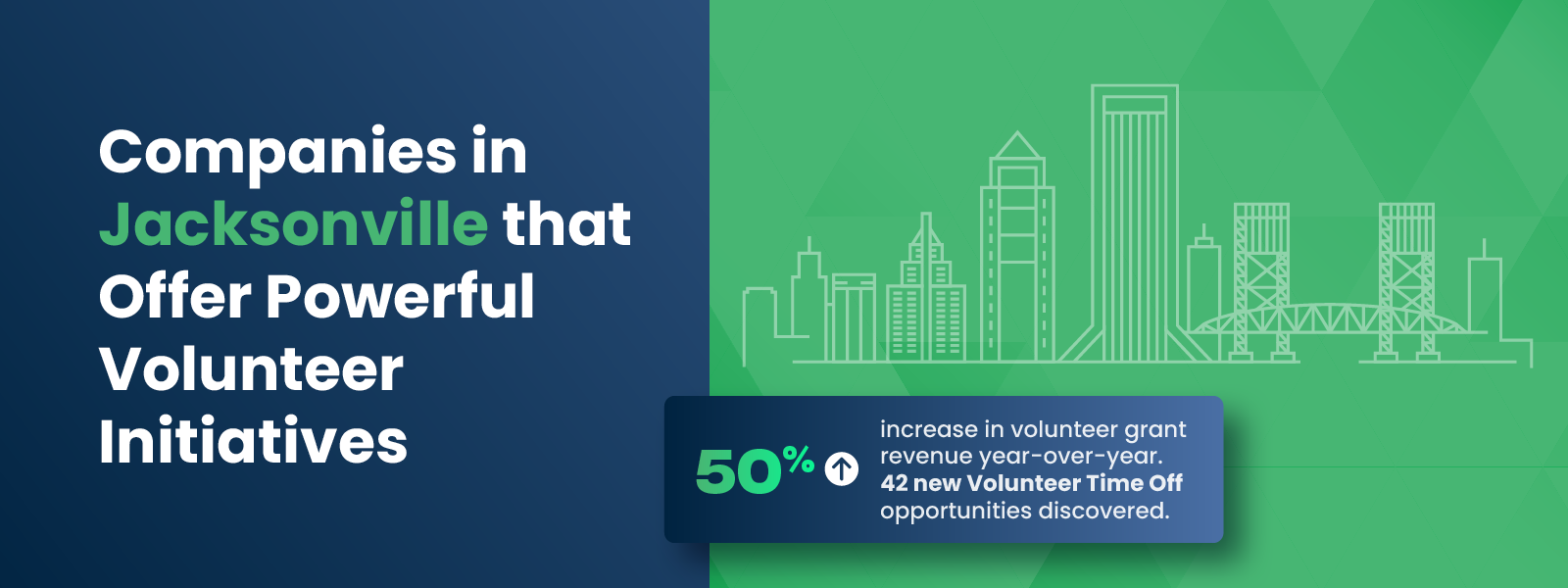
Companies in Jacksonville that Offer Powerful Volunteer Initiatives
Jacksonville, Florida, is a vibrant, growing metropolitan area…
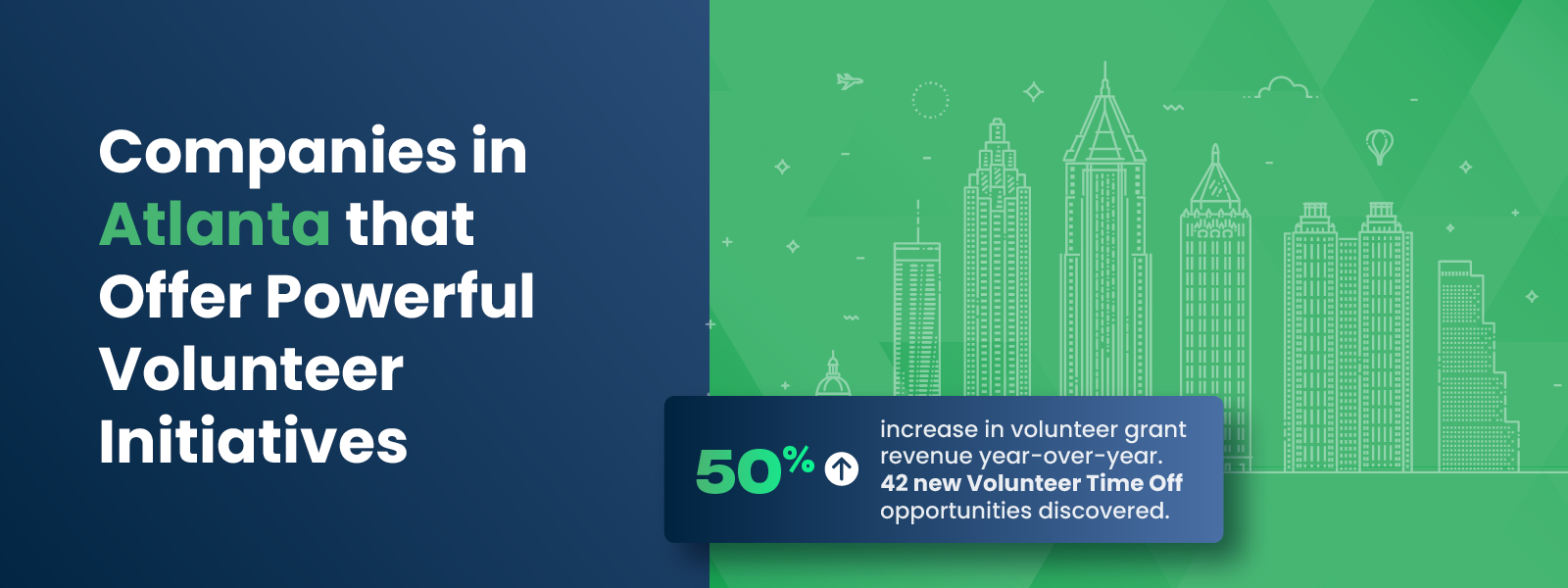
Companies in Atlanta that Offer Powerful Volunteer Initiatives
Atlanta stands as a vibrant epicenter of business innovation…
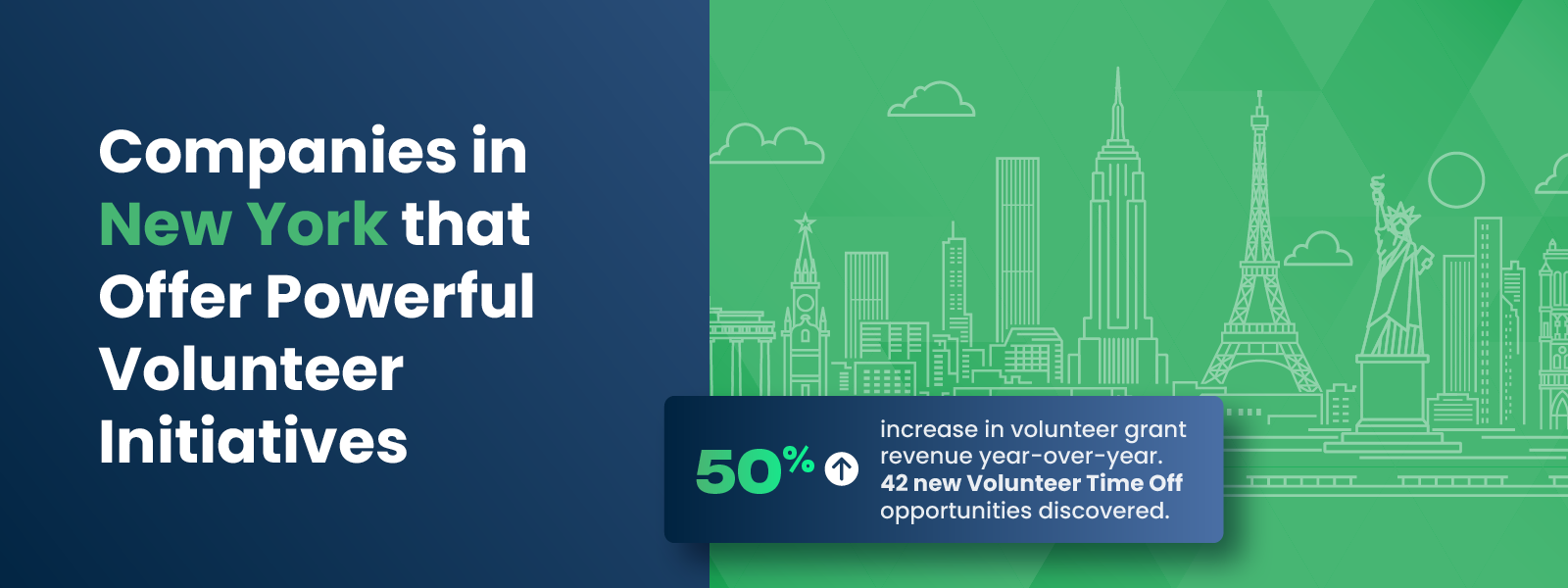
Companies in New York that Offer Powerful Volunteer Initiatives
New York City stands as a beacon of opportunity and innovation,…
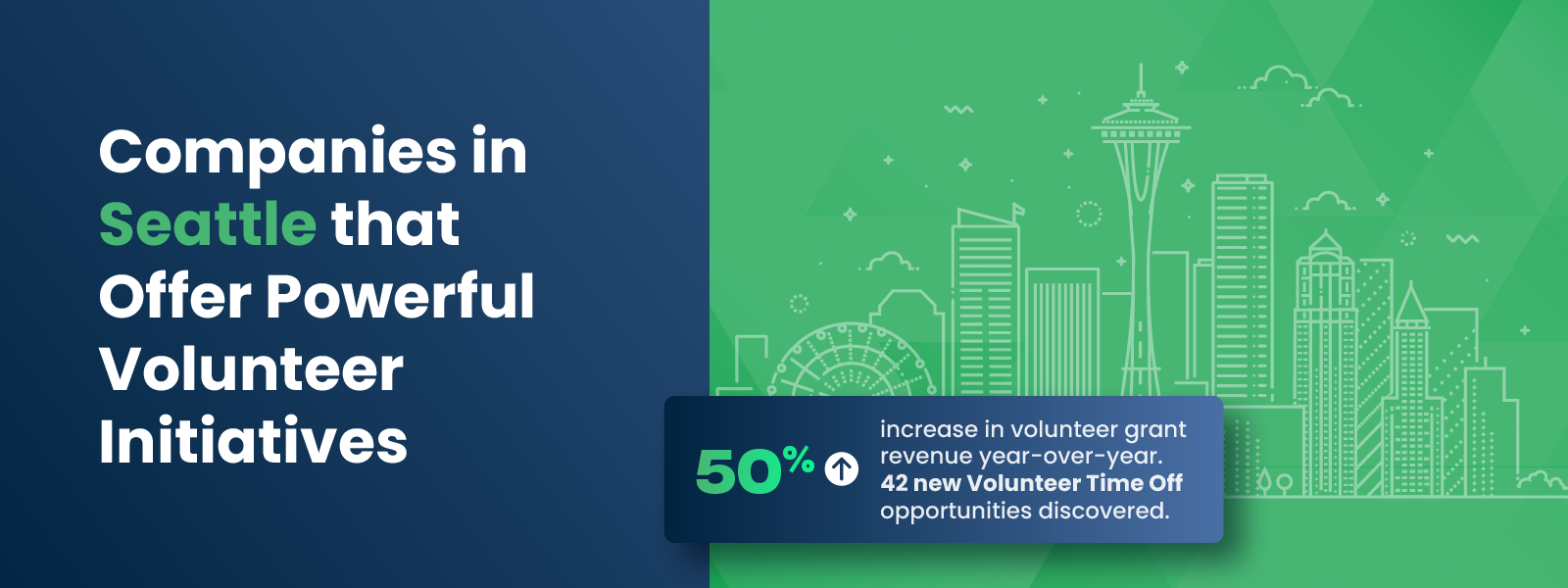
Companies in Seattle that Offer Powerful Volunteer Initiatives
Seattle stands as a vibrant city known not only for its stunning…
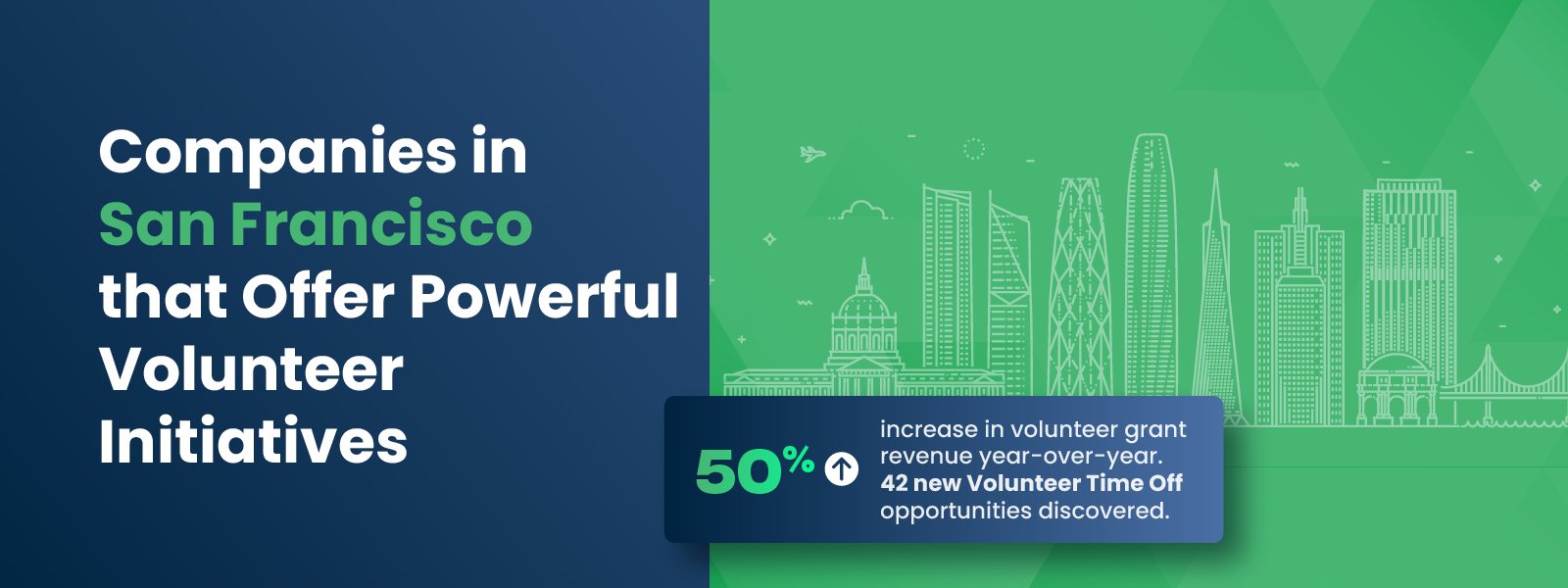
Companies in San Francisco that Offer Powerful Volunteer Initiatives
San Francisco stands as a beacon of innovation and social responsibility,…
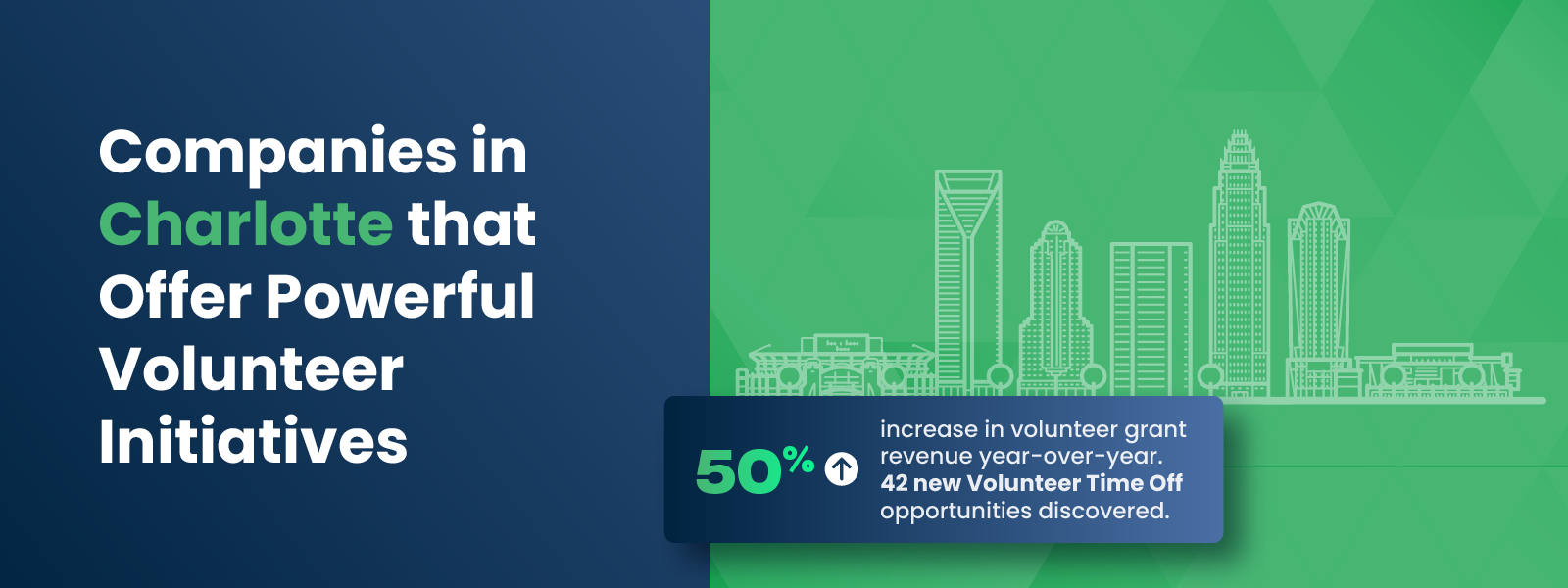
Companies in Charlotte that Offer Powerful Volunteer Initiatives
Charlotte, North Carolina, stands as a vibrant and growing metropolitan…

